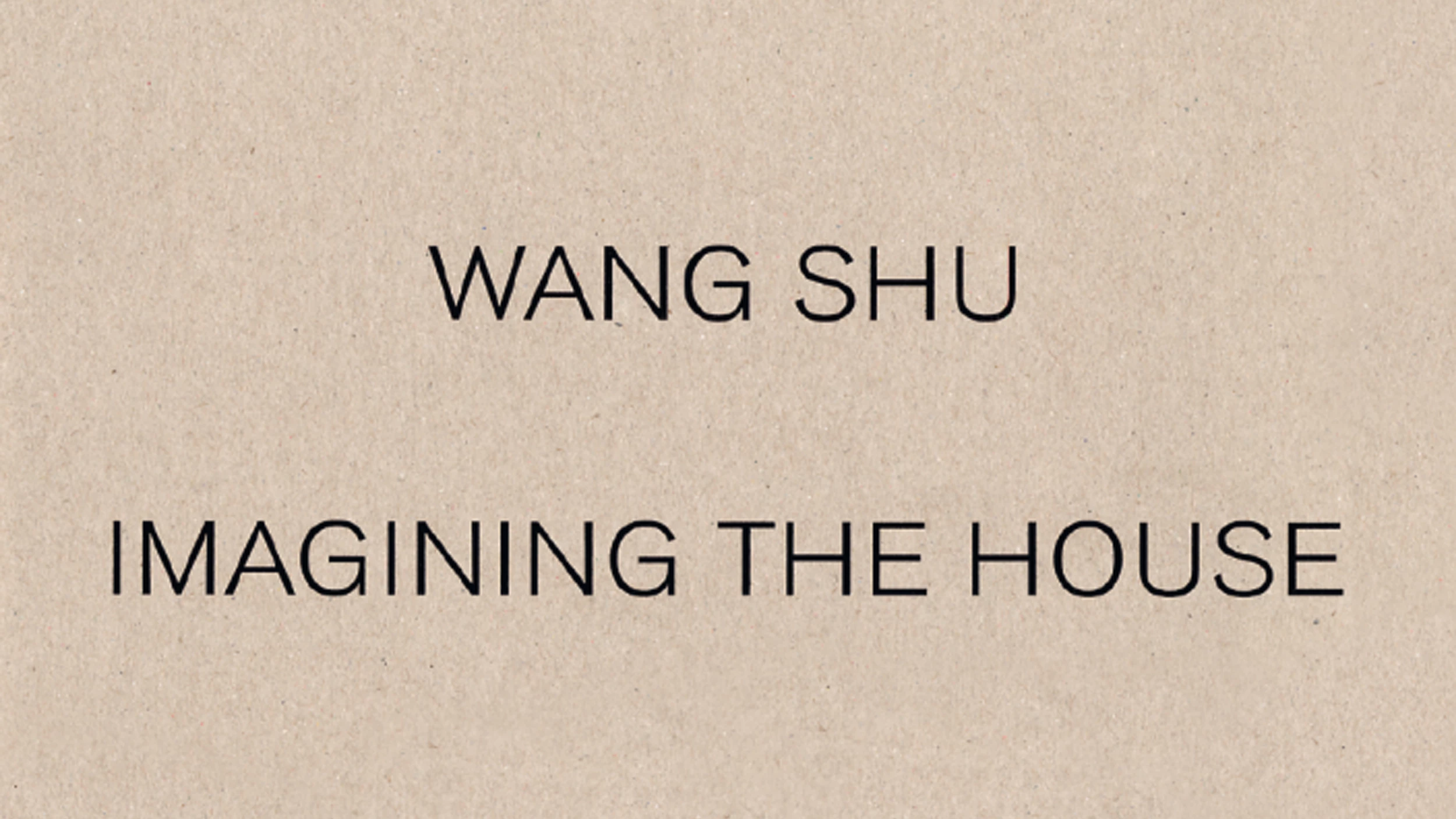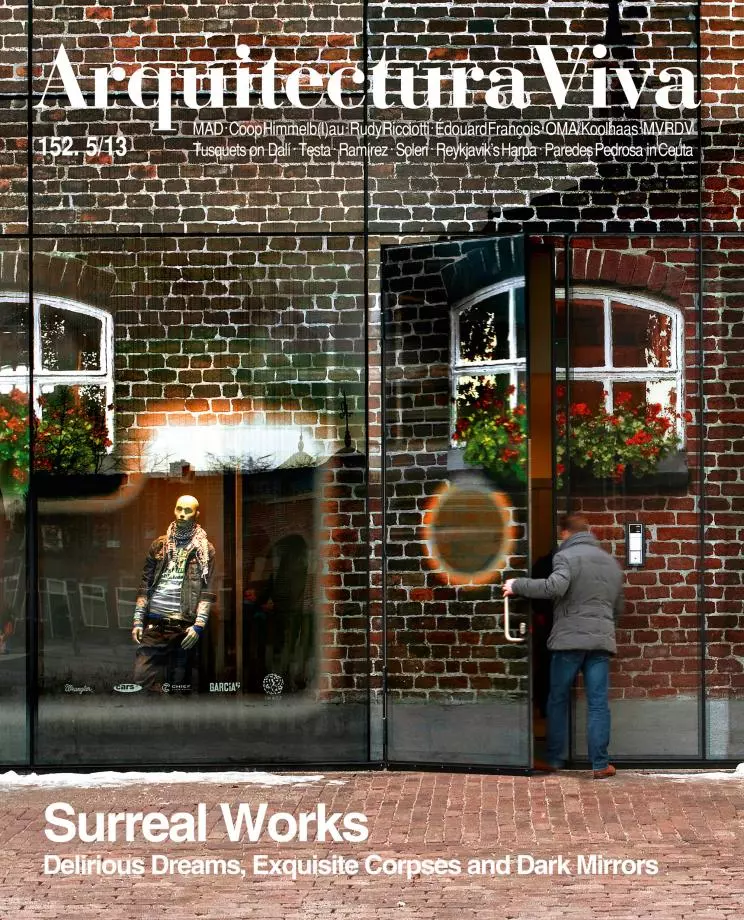
This book delves into the design process of the Chinese architect Wang Shu, 2012 Pritzker laureate, by analyzing the evolution of six of his most significant works. These have heretofore received little attention in Europe, so the publication rectifes a major omission in the editorial world.
Convinced of the power of drawings rendered with a pencil, ruler and compass, Wang Shu continues to work as he did when he was a student. Like a ritual, always after writing a page of calligraphy and drinking a cup of tea, the architect sits down to draw, translating his thoughts into lines on paper. His work is the result of a continuous, uninterrupted thought process where drawing by hand plays an essential role in the search for form.
Maybe this is why the best approach to his approach to architecture is through the 68 drawings reproduced in the book in their real size, which range from explorations of conceptual strategies in the early stages of a project to highly defined construction details. The drawings are preceded by a very personal text written by Shu himself, where he explains the whys of each line drawn and the thoughts that led him to draw it. As the design progresses, drawings come and go, move close and away, center on the whole or on details, defining structure and form, scale and proportion. Designs are repeated, with small differences making a difference. The title of the Japanese-bound publication expresses another of Wang Shu’s convictions: that all architecture is a house, whatever be its function.







